May 27, 2025 | 02:57 GMT +7
May 27, 2025 | 02:57 GMT +7
Hotline: 0913.378.918
May 27, 2025 | 02:57 GMT +7
Hotline: 0913.378.918
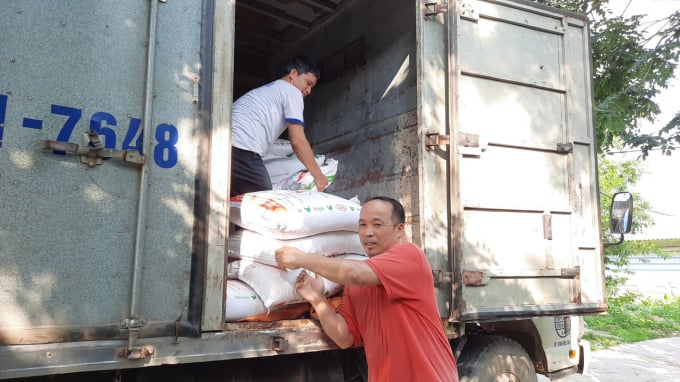
Before falling as global raw material prices went down, prices of domestic finished animal feed may continue to increase in a short time. Photo: Nguyen Huan.
According to the Department of Livestock Production under the Ministry of Agriculture and Rural Development, industrial animal feed production in the first six months of 2021 was estimated to reach 10 million tons, up 5.7% compared to the same period of 2020. In which feed for pig accounted for 5.1 million tons, an increase of 30% over the same period of 2020; feed for poultry reached 4.6 million tons, down nearly 10%.
In June 2021, prices of animal feed ingredients tended to fall compared to May 2021. According to Markets Insider, from May to the end of June, soy meal prices declined from US$450/ton to US$350/ton, equivalent to a decrease of 22%, corn prices slumped 13% from US$7,700/ton to US$6,700/ton. Prices of other ingredients including wheat bran and DDSG decreased by 2.6% and 1% respectively. Meanwhile prices of finished animal feed climbed by 2% compared to May 2021.
In the first days of July 2021, prices of animal feed ingredients tended to fall. Of which corn prices decreased by 2% , soybean meal fell by 1.7%, wheat bran down 0.6% and DDSG down 1.9%.
However, prices of finished animal feed were still higher compared to June 2021 (an increase of 1.7%-2%). The reason prices of finished animal feed increased while prices of ingredients fell as explained by enterprises is that they are still using ingredients bought at high prices since previous months.
In the first six months of 2021, the average price of animal feed ingredients increased compared to the same period in 2020, especially grain ingredients saw the strongest growth. Of which, corn price was VND7,616 per kilogram (up 35%), soybean meal at VND13,091 per kilogram (up 35.5%), DDSG at VND8,847 per kilogram (up 46%) , wheat bran at VND6,716 per kilogram ( up 32.8%), sliced cassava at VND5,994 per kilogram (up 19.2%), extracted rice bran at VND4,936 per kilogram ( up 16.1%), Methionine at VND64,950 per kilogram (up 19.2%), Lysine at VND35,053 per kilogram ( up 16.3%)
Specialists projected that in the coming time before prices of animal feed ingredients officially fall they may continue to soar because there was news that inventory and the planted area of corn in new crop are lower than expected. In addition, increasing demand for corn-based ethanol production has limited corn supply for livestock. Therefore, prices of domestic finished animal feed may continue to go up in the coming time. It's expected to have two waves of increases with a total of 5%.
Raw materials importers and animal feed manufacturers shared that because Vietnam has to import 90% of its raw materials for animal feed production, rising price of raw materials in the international market directly affected the prices in the domestic market.
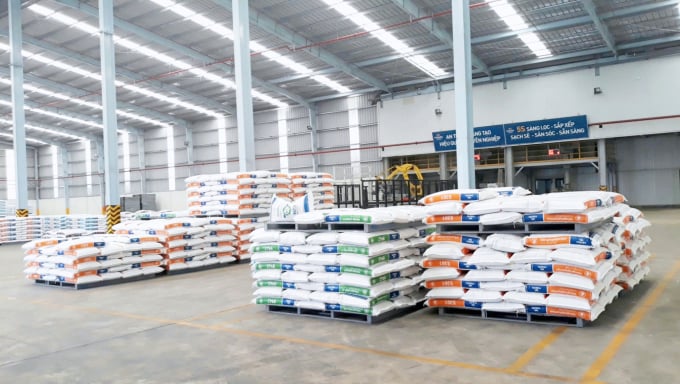
In Vietnam, 90% of raw materials for animal feed production are imported. Photo: MV.
The reason for the increase in feed ingredient prices is that grains have become more expensive in the global market due to soaring production costs and climate change affects crops. Besides, the fact that large ventures have shifted to speculating on agricultural products and China is pushing up grain imports for domestic production and livestock farming has made the prices rise beyond forecasts.
The Covid-19 pandemic has caused shipping costs to skyrocket due to a critical shortage of ships and containers in general; especially average shipping cost of animal feed was more than 200%-300% above normal.
On the other hand, since March 2021, droughts have occurred in different states of Brazil affecting the output of the main corn crop in the country. Brazil is one of the world's largest corn and soybean exporters.
Due to sharp increase in raw material prices, prices of finished animal feed in the first six months of 2021 soared compared to the same period last year. Specifically, feed for pig weighing from 60kg and more priced at VND10, 785 per kilogram (up 14.6%), feed for colored feather broiler chicken priced at VND10,885 per kilogram (up 14.4%), feed for white colored feather broiler chickens priced at VND11,206.9 per kilogram (up 12.1%). The prices are expected to climb by 5% in July 2021 because prices of raw materials have lowered but the shipments are on the way and not yet arrive at enterprises warehouses.
n the first six months of the year, the total amount of animal feed ingredients imported into Vietnam reached 10.8 million tonnes including raw materials for aquafeed products, equivalent to USD3.84 billion (up 32.7 per cent in quantity and 50.3 per cent in value over the same period in 2020).
Of them, energy-rich food reached 6.8 million tonnes, equivalent to USD 1.68 billion (up 75.6 per cent in quantity and 112 per cent in value over the same period in 2020); protein-rich feed reached 3.73 million tons, equivalent to US$1.65 billion (down by 6.3 per cent in quantity and up 23.7 per cent in value); supplementary feed reached 0.31 million tonnes, equivalent to USD 0.49 billion (decreased by 1.5 per cent in quantity and increased by 17.8 per cent in value).
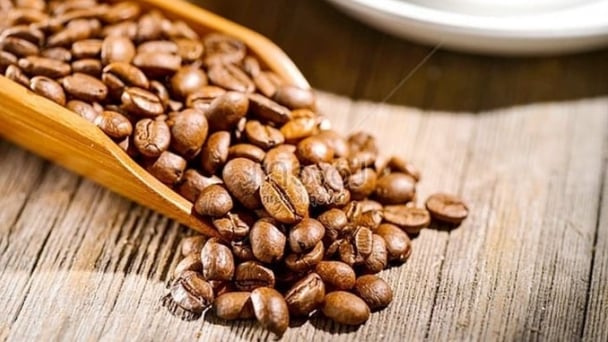
(VAN) Coffee prices on May 26, 2025, remain unchanged. Currently, the domestic coffee market is trading around VND 122,000 to VND 122,500/kg.

(VAN) Rubber prices on May 26, 2025, are declining. Domestically, latex prices remain stable, with purchasing prices ranging from VND 397 to VND 462/TSC.
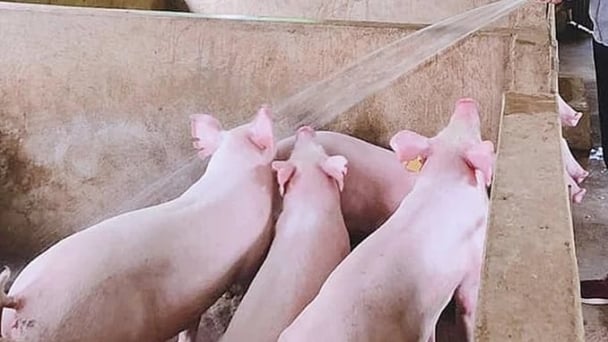
(VAN) Live pig prices on May 26, 2025, are stable. Currently, the market across the 3 regions of Vietnam is trading in the range of VND 67,000 to VND 75,000/kg.
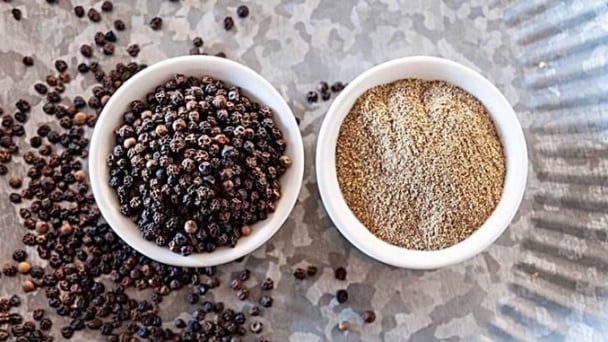
(VAN) Pepper prices on May 26, 2025, remain flat globally. Domestic pepper prices are trading around the range of VND 146,000 to VND 147,000/kg.
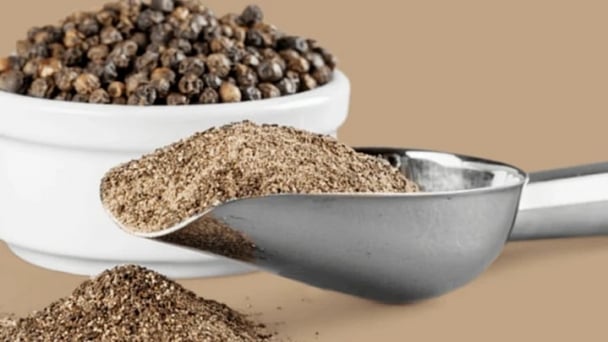
(VAN) Pepper prices on May 23, 2025, are unchanged in the domestic market, trading at VND 150,000 to VND 152,000/kg. Pepper prices increased only in Indonesia.
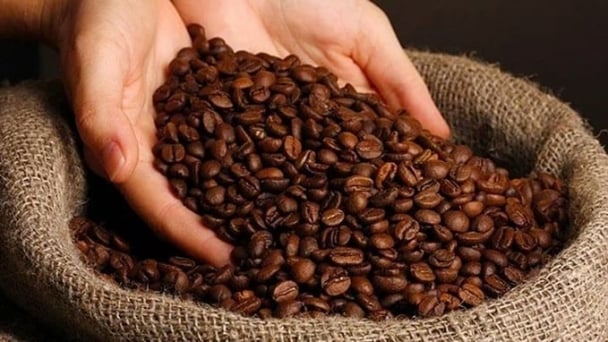
(VAN) Coffee prices on May 23, 2025, dropped by a further VND 2,500, trading at VND 122,500 – 123,200/kg. Global coffee prices also declined across the board.

(VAN) Coffee prices on May 22, 2025, slightly decreased by VND 500, trading at VND 125,000 – 125,700/kg. Global coffee prices showed mixed fluctuations.